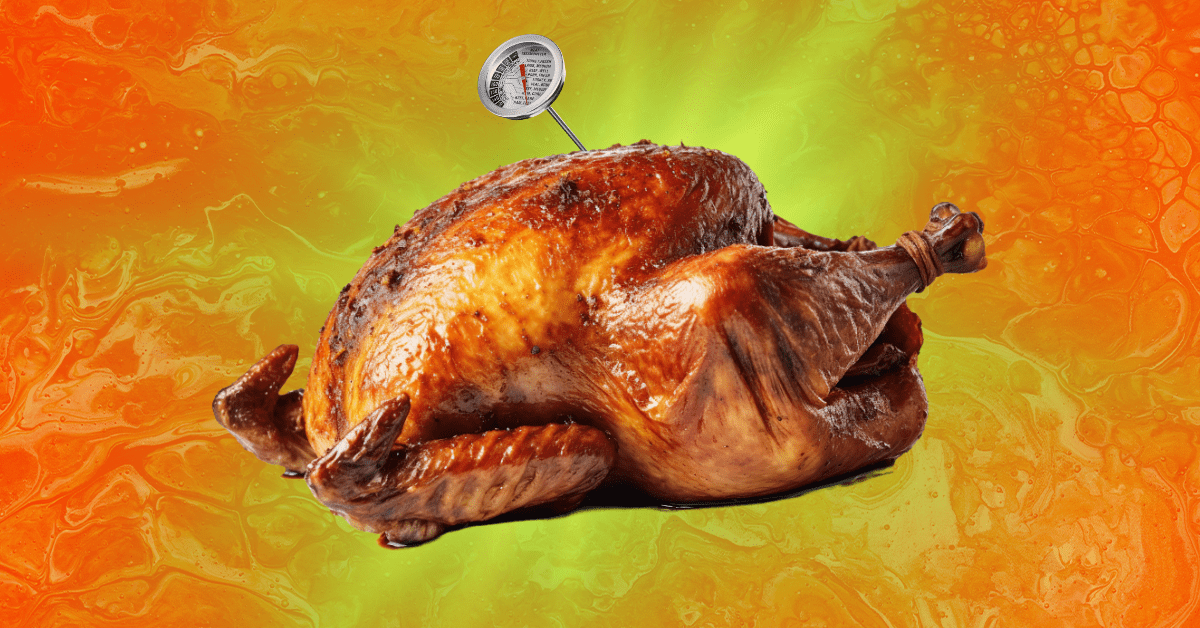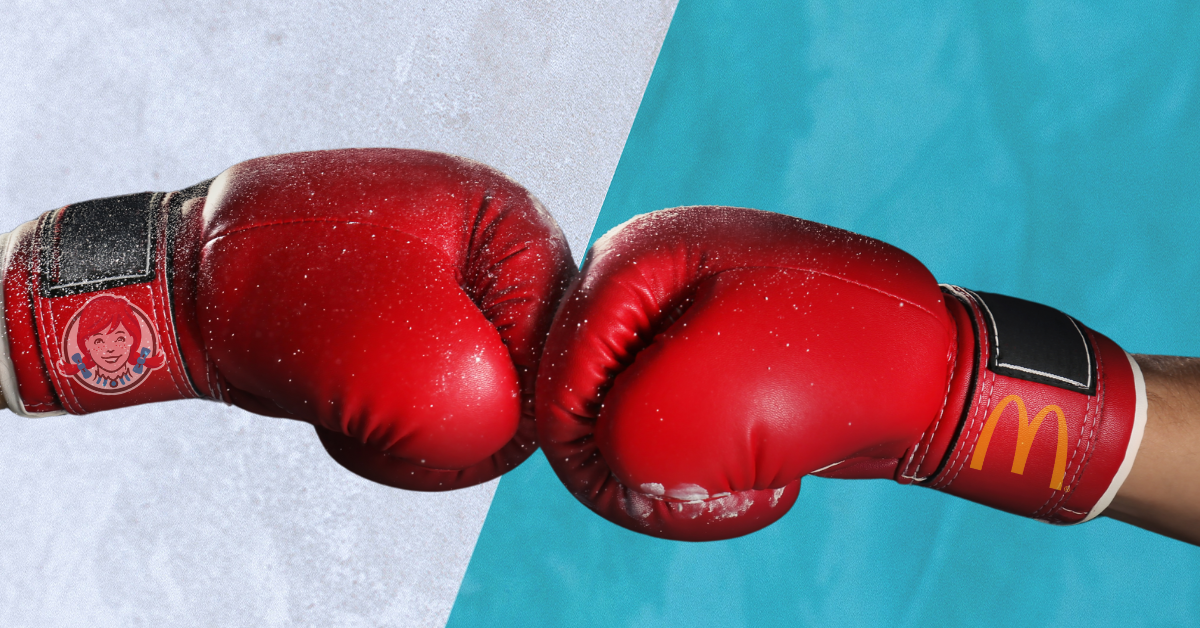
China’s farmers borrow from the streamer’s playbook: They’re going live
With supply chains disrupted, they have no choice but to pitch their flowers and pineapples on video.
Published:
Updated:
Related Articles
-

-

Where’d all the Guinness go?
-

How Crumbl cooked up a $1B recipe
-

Young people are returning to their rightful stomping grounds: The mall
-

Would you like 2%, oat milk, or fish milk?
-

Booksellers are nowhere near the last page
-

How Fruitist became a $1B blueberry brand
-

Would you collect trading cards if they had dogs on them?
-

Turkey innovators have created a bird for lazy cooks with limited skill
-

The little red-haired girl is taking a swing at the big dog


